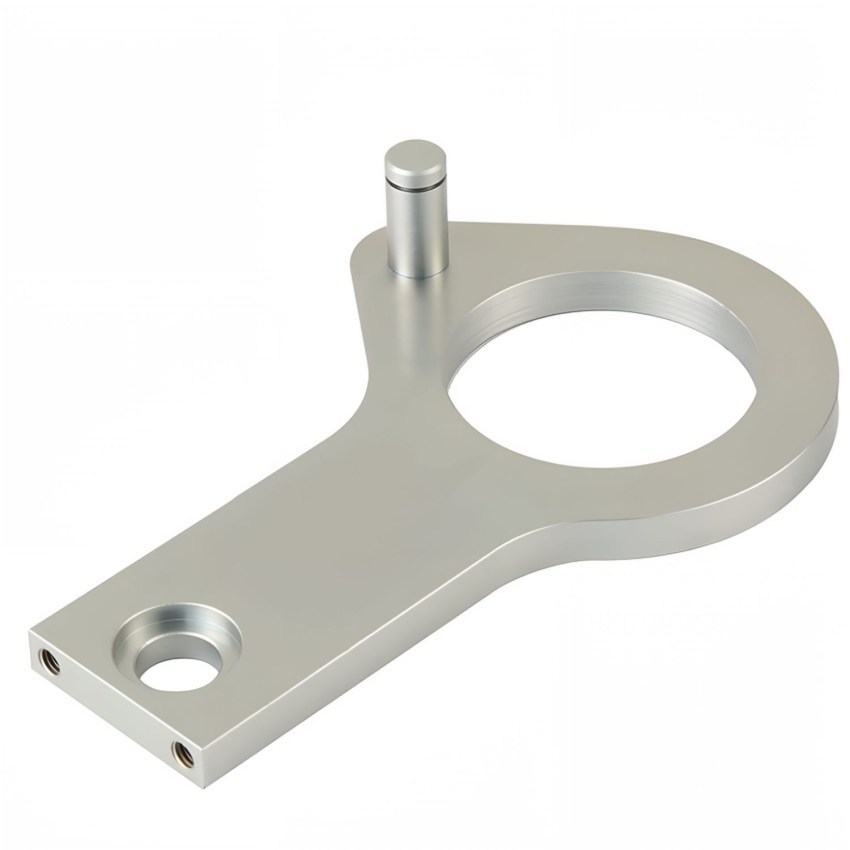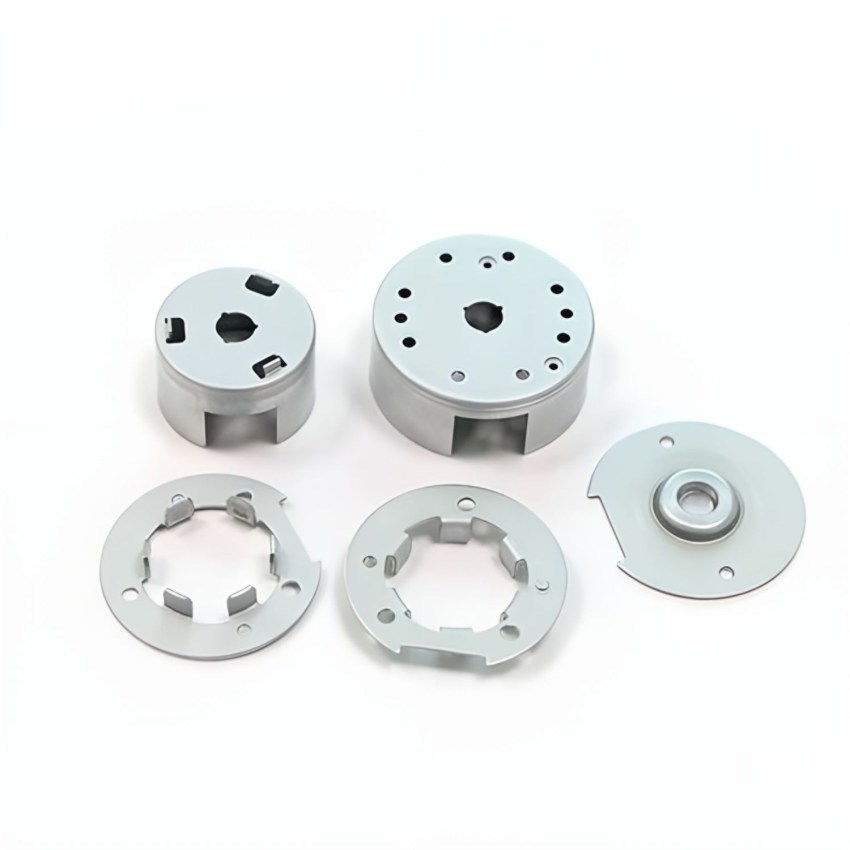Understanding CNC Sheet Metal Forming: A Key Process in Metal Fabrication
Release time:
2025-01-23
CNC (Computer Numerical Control) sheet metal forming is a highly precise process used in the shaping and manipulation of metal sheets through various techniques such as bending, punching, and cutting. This process is integral to the manufacturing sector, where high-quality metal components are required for various applications, including automotive, aerospace, electronics, and general metal fabric

CNC (Computer Numerical Control) sheet metal forming is a highly precise process used in the shaping and manipulation of metal sheets through various techniques such as bending, punching, and cutting. This process is integral to the manufacturing sector, where high-quality metal components are required for various applications, including automotive, aerospace, electronics, and general metal fabrication.
The CNC sheet metal forming process begins with a digital design, often created using CAD (Computer-Aided Design) software. This design is then translated into a CNC program that guides the machinery to perform precise operations on the metal sheet. One of the most significant advantages of CNC technology is its ability to produce consistent and repeatable results. This precision minimizes waste and enhances efficiency, making CNC sheet metal forming a preferred choice for manufacturers.
Several methods are employed in CNC sheet metal forming, including laser cutting, plasma cutting, waterjet cutting, and press braking. Each method has its unique advantages, depending on the material type, thickness, and the desired finish of the final product. For instance, laser cutting is renowned for its accuracy and ability to create intricate designs, while press braking is widely used for bending metal sheets at specific angles.
Moreover, CNC sheet metal forming also supports the use of various materials, including aluminum, stainless steel, and mild steel. The versatility of this process allows manufacturers to cater to a diverse range of industries, providing tailored solutions to meet specific operational needs. As industries evolve towards more complex designs and tighter tolerances, the significance of CNC sheet metal forming continues to increase.
In addition to its precision and versatility, another vital aspect of CNC sheet metal forming is its capability for automation. Automated systems not only enhance production rates but also reduce labor costs and human error, leading to a more streamlined operation. This automation is particularly beneficial for large-scale production runs, where maintaining quality and minimizing downtime are critical.
In conclusion, CNC sheet metal forming is a pivotal process in the realm of metal fabrication. Its advanced technology, precision, and versatility make it an indispensable tool for manufacturers aiming to deliver high-quality products. As industries continue to innovate and seek efficient manufacturing solutions, understanding the principles and applications of CNC sheet metal forming becomes increasingly important for professionals in the field.
The CNC sheet metal forming process begins with a digital design, often created using CAD (Computer-Aided Design) software. This design is then translated into a CNC program that guides the machinery to perform precise operations on the metal sheet. One of the most significant advantages of CNC technology is its ability to produce consistent and repeatable results. This precision minimizes waste and enhances efficiency, making CNC sheet metal forming a preferred choice for manufacturers.
Several methods are employed in CNC sheet metal forming, including laser cutting, plasma cutting, waterjet cutting, and press braking. Each method has its unique advantages, depending on the material type, thickness, and the desired finish of the final product. For instance, laser cutting is renowned for its accuracy and ability to create intricate designs, while press braking is widely used for bending metal sheets at specific angles.
Moreover, CNC sheet metal forming also supports the use of various materials, including aluminum, stainless steel, and mild steel. The versatility of this process allows manufacturers to cater to a diverse range of industries, providing tailored solutions to meet specific operational needs. As industries evolve towards more complex designs and tighter tolerances, the significance of CNC sheet metal forming continues to increase.
In addition to its precision and versatility, another vital aspect of CNC sheet metal forming is its capability for automation. Automated systems not only enhance production rates but also reduce labor costs and human error, leading to a more streamlined operation. This automation is particularly beneficial for large-scale production runs, where maintaining quality and minimizing downtime are critical.
In conclusion, CNC sheet metal forming is a pivotal process in the realm of metal fabrication. Its advanced technology, precision, and versatility make it an indispensable tool for manufacturers aiming to deliver high-quality products. As industries continue to innovate and seek efficient manufacturing solutions, understanding the principles and applications of CNC sheet metal forming becomes increasingly important for professionals in the field.
Key words:




